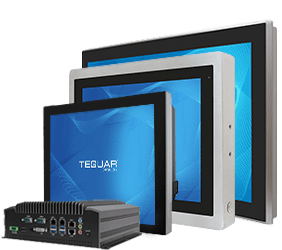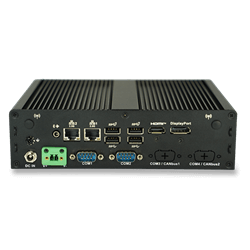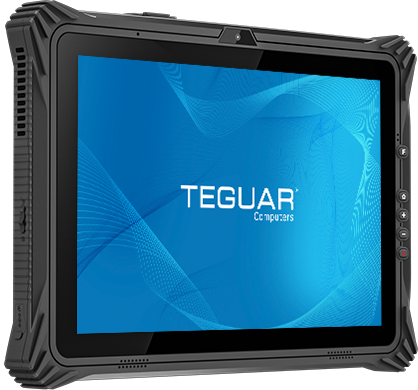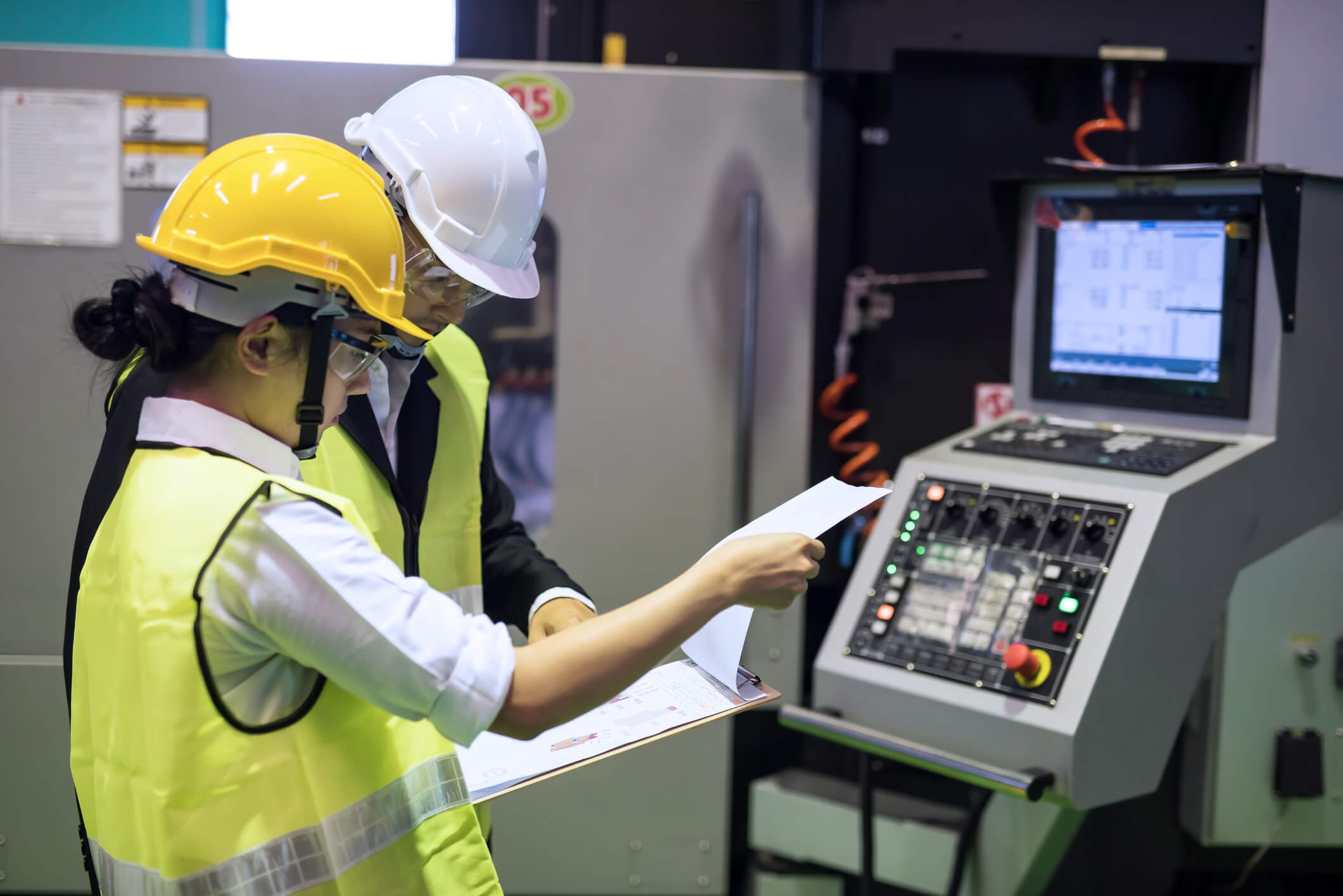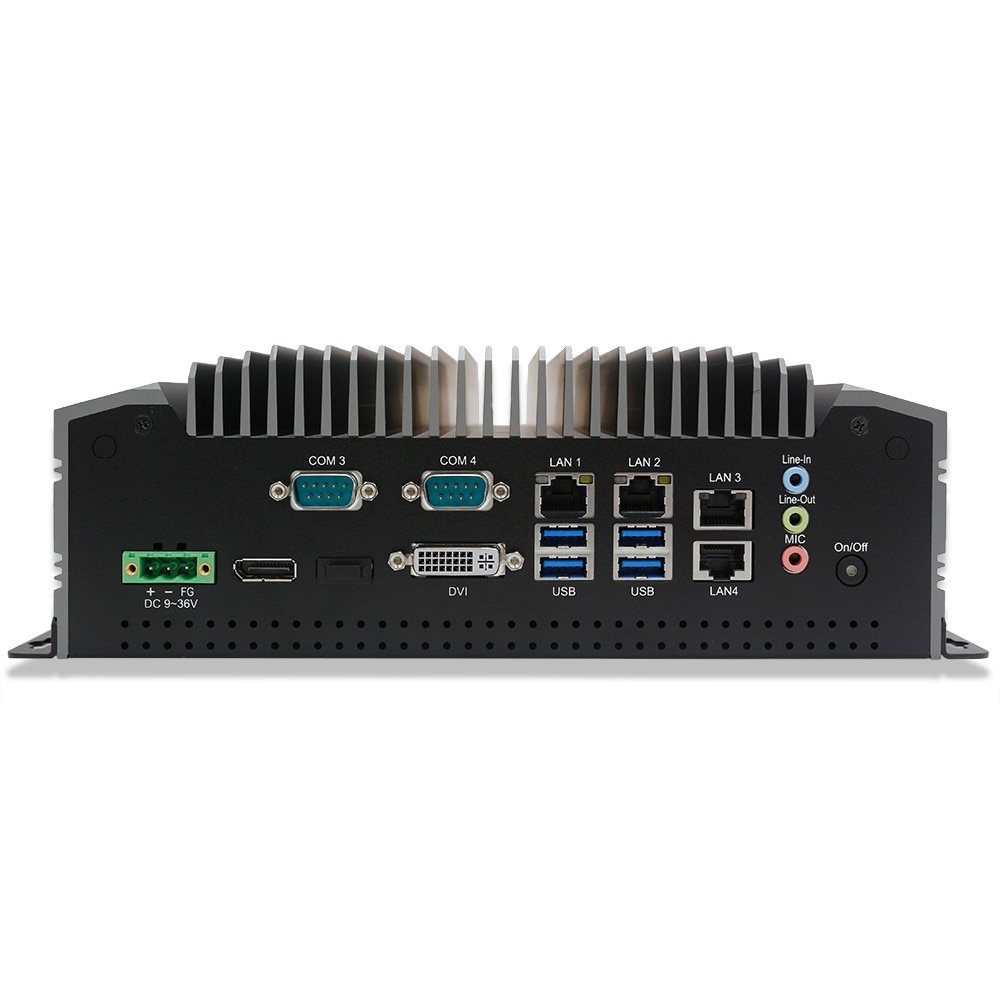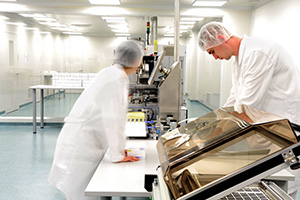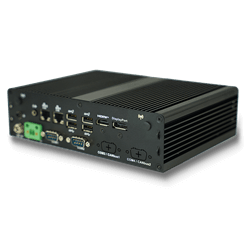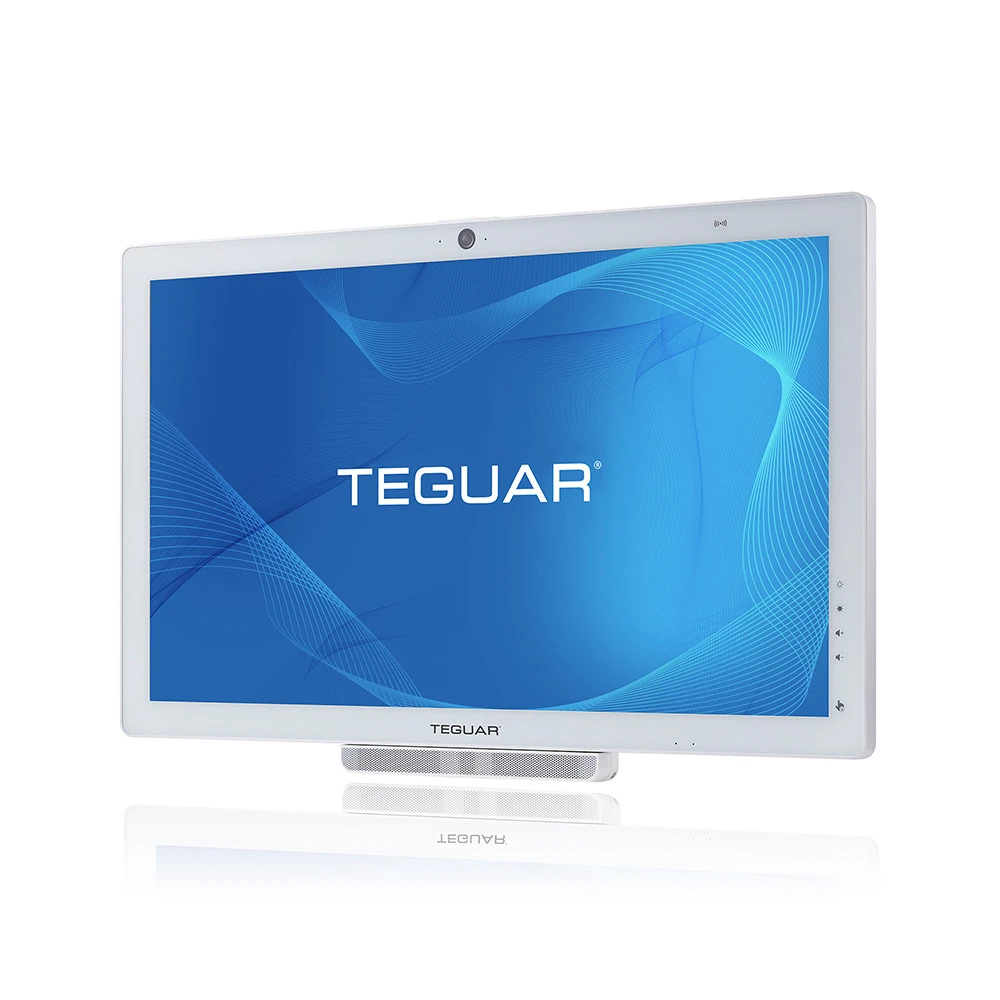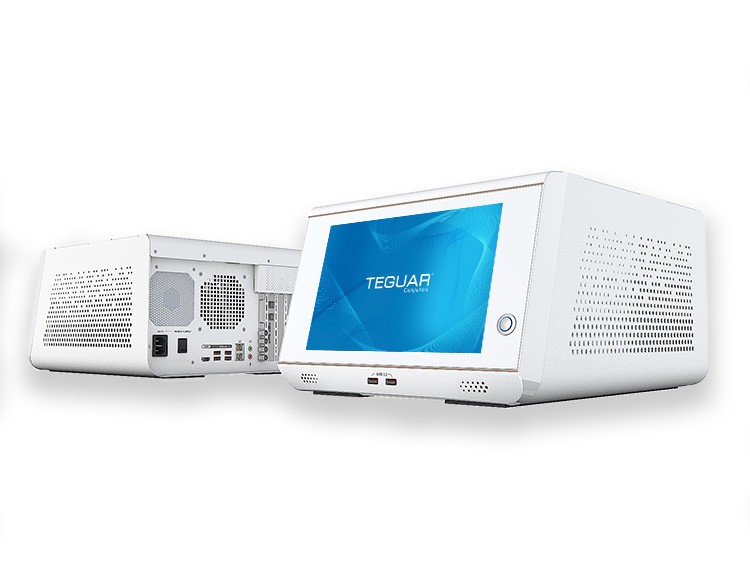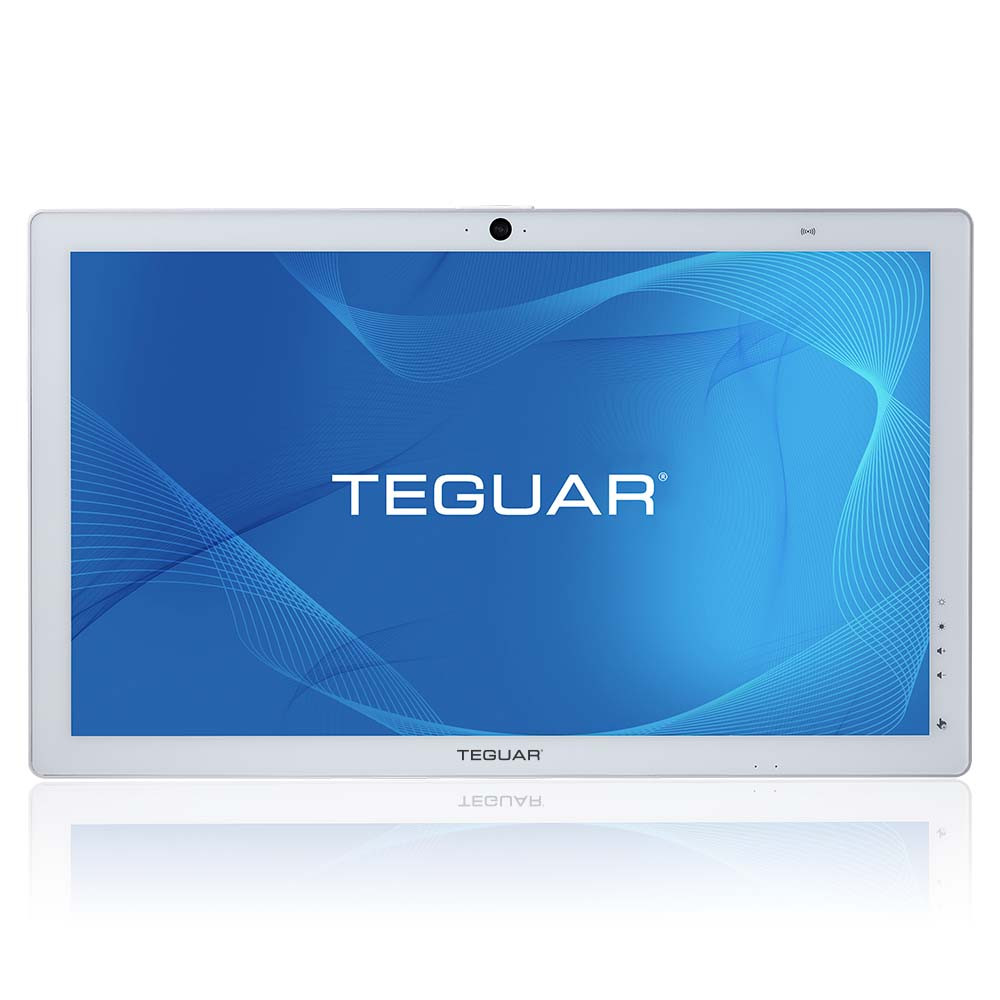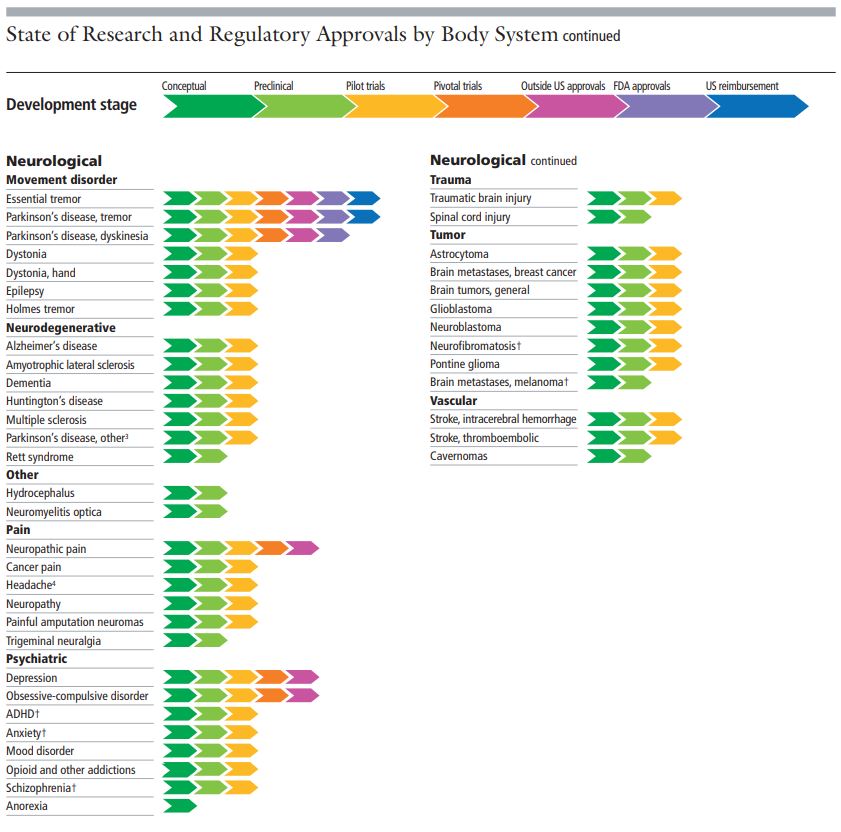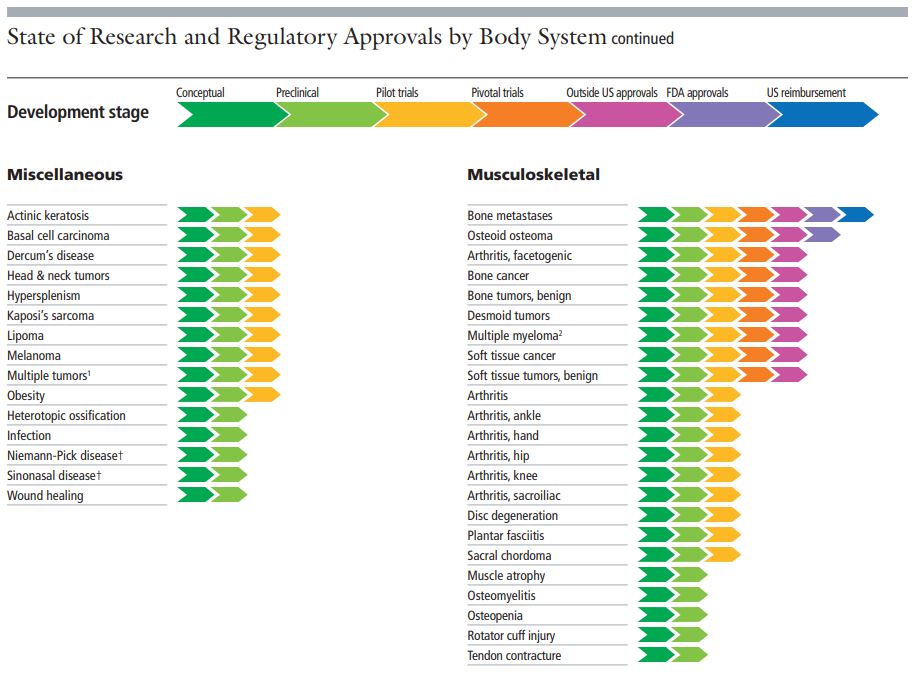Medical OEM Developer Demand for Next-Gen Medical Imaging Computer Hardware Increasing
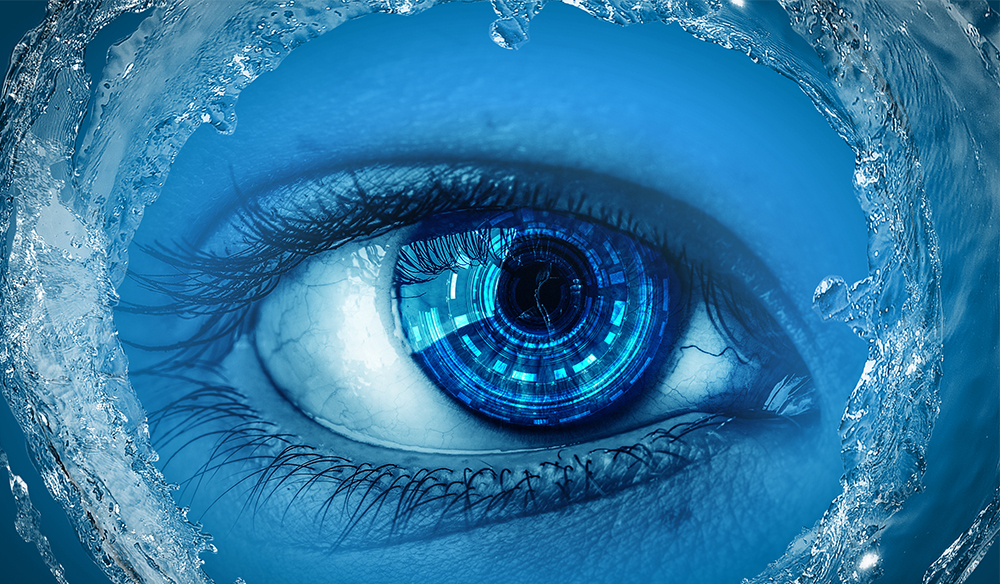
Any medical OEM developer working to bring new imaging applications to market will tell you that it is not an easy task. Navigating a world full of regulatory hoops, medical research, computer architecture questions, and navigating outdated-looking websites for current information takes tenacity, not to mention the effort needed to assemble the people who have the technical knowledge needed to bring medical imaging products to completion. Trying to get all of these people to work together efficiently to bring a product to market can be so complicated, it may almost seem impossible at first.
Medical imaging is building momentum to a tidal wave of growth, and Teguar is seeing anecdotal evidence of this. A look into the world of medical computer imaging confirms it as well.
Medical Imaging On The Rise
The excerpts below from a 2022 report compiled from the Focused Ultrasound Foundation State of the Field Report shows an overview of rising uses for the technology. The areas of treatment are listed with green being in the conceptual phase, red having FDA approval, and purple having US endorsement of the treatment. You can see the sheer number (159) of applications that are in the development process and will hopefully be approved within two years.
Advances in 3D imaging and AI-assisted diagnostics are also opening up a whole new set of tools for medical OEM developers, which will make a difference for the 1-in-20 outpatients in particular who receive an incorrect diagnosis. This invites questions about the working relationship clinicians will have with AI in the future.
For the purposes of this article, let’s focus on the three main types of technologies clinicians use medical imaging for.
- Ultrasound Imaging including Focused Ultrasound – Works by sending high frequency and targeted sound waves through layers of the body
- MRI Imaging (Magnetic Resonance Imaging) – Sends magnetic fields and radio waves to detect soft tissue variance and the chemical nature of molecules in the body
- X-ray Imaging – Uses ionizing radiation to gather a single image, continuous images for fluoroscopy, or compiled multiple images for CT scans
These technologies work differently, but they have a few things in common. They all need the means to process, transmit, store, and display an image in as accurate and high resolution as possible.
Teguar’s medical product lineup has taken the advancement of medical technological developments into account. These advances create a need for new hardware architecture that enable very fast, massive data processing and machine learning tasks. Medical OEMs are seeing that the intense workload for these visual processing tasks puts a high energy demand on a computer. Due to this demand, there is a shift toward the inclusion of more advanced GPUs (Graphics Processing Units) and VPUs (Visual Processing Units). The MXM GPU (Mobile PCI eXpress Module) Card or optional PCIe expansion for the Intel® Movidius™ Vision Procession Unit Kits takes the workload off the CPU so image tasks can be processed more efficiently. NVidia RX3000 or NVidea T1000 are the most common graphics card chosen with the MXM GPU.
Both of the MXM GPU and configuration for Intel® Movidius™ are options on the TM-5710 medical computer series, which is rising in popularity for Teguar’s customers. The TM-5710 series comes in 24”, 19”, and 15” as well as a box PC only (TMB-5710). Teguar has sold these medical computers to several OEM customers who need higher-end processors as well as demanding graphics support.
For Medical OEM Developers, Graphics Matter
Medical imaging computer solutions need graphics processing power as well as the best display possible. For now, while clinicians are still making diagnoses from images and data, the viewability of medical images is just as important as the capture, storage, and delivery of them. A screen with sharp contrast, high nit ratio (brightness), clear light transmission, and a depth and breadth of color are not just nice to have, but vital to an accurate diagnosis. Even without DICOM certification, clinicians can see in nearly perfect detail.
Having both the imaging processing solution as well as the image display solution in one hardware platform is extremely beneficial. It is easier to manage from an asset, financial, maintenance, and hardware security standpoint. Several Teguar medical computers were designed to be the all-in-one computing solution for medical imaging applications. Each year, like car models, Teguar unveils upgrades to its line of medical computers with some changes being more meaningful than others. The recent leap to Windows 11-enabled platforms along with the advances in GPUs and VPUs make the most recent line great candidates for medical imaging platform.
Article References
https://www.fusfoundation.org/diseases-and-conditions/
https://sma.org/ai-in-medical-diagnosis/
https://www.ramsoft.com/future-of-pacs/
https://viso.ai/edge-ai/vision-processing-unit-vpu-for-inference/
Previous Article
Demand for Certified Medical Computers Grows as IT Buying Decisions Prove More Difficult

